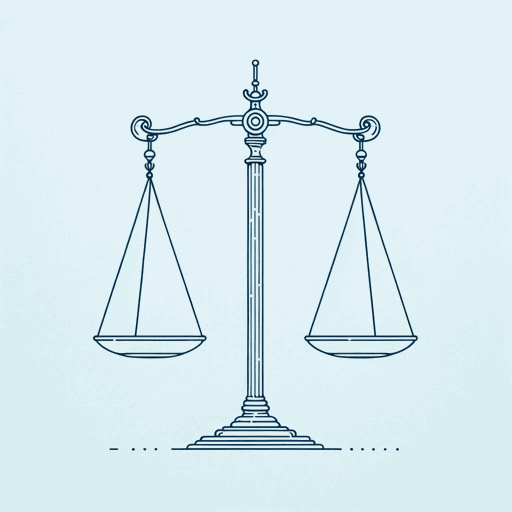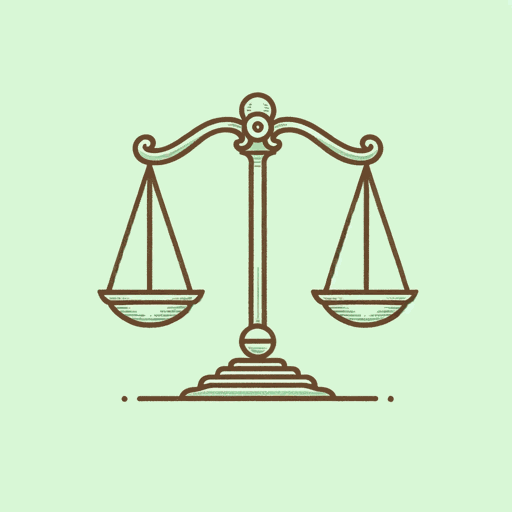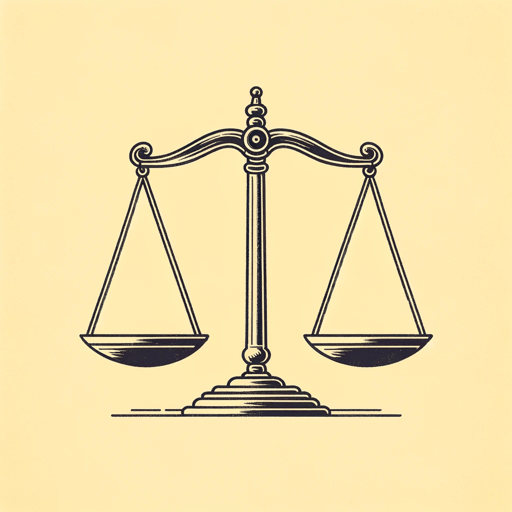31 pages • 1 hour read
John Stuart MillOn Liberty
Nonfiction | Essay / Speech | Adult | Published in 1859A modern alternative to SparkNotes and CliffsNotes, SuperSummary offers high-quality Study Guides with detailed chapter summaries and analysis of major themes, characters, and more.
Chapters 1-3Chapter Summaries & Analyses
Chapter 1 Summary: “Introductory”
Mill’s introduction defines his key terms and concepts and presents his central argument. He opens by discussing the perpetual conflict between society and the individuals within it. He calls this dynamic “the struggle between Liberty and Authority” (1). Mill notes that liberty used to indicate the protection that an individual would have from a tyrannical ruler who was not elected and could act with a degree of impunity over subjects. Over time, Mill argues, with the rise of representative governments and the fall of despotic regimes—at least across the West—the tyranny that a person must fear no longer emanates just from politicians. He references “the tyranny of the majority,” which indicates the ability for a majority that defines a society to “execute its own mandates” that might be unjust, wrong, and, as the term states, tyrannical (4).
Mill’s central question becomes where to establish a limit of law or “interference of collective opinion” over “individual independence” (4). He champions the individual, always using the he/him/his pronoun and the term “man” to reference a single person in society. He insists that “man is a progressive being” that should pursue utility—which refers to the wellbeing of everyone (9).
Related Titles
By John Stuart Mill
Featured Collections
Books About Art
View Collection
Books & Literature
View Collection
British Literature
View Collection
Essays & Speeches
View Collection
European History
View Collection
Nation & Nationalism
View Collection
Philosophy, Logic, & Ethics
View Collection
Political Science Texts
View Collection
Politics & Government
View Collection
Required Reading Lists
View Collection
School Book List Titles
View Collection
Victorian Literature
View Collection
Victorian Literature / Period
View Collection



